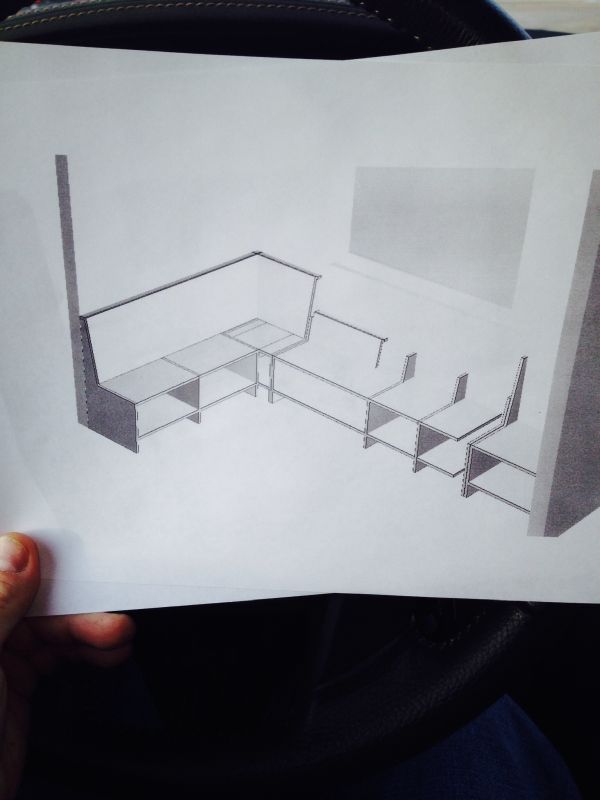Question
We have a dedicated shaper and powerfeeder for mitering face frames and end panels. This system is set up to index from the "A-face" zero point so that variations in thickness aren't of any consequence.
What I am curious about is how the rest of you (who miter ends) go about joining one fabrication to another. Historically, we have used clear packing tape to make a hinge between the two elements and clamped them with a variety of guess or by golly methods, depending on whether or not it was paint grade or stain grade.
So my question is: After the miters have been produced, how do you bring the parts together and keep them together until the glue seizes?
Forum Responses
(Cabinetmaking Forum)
From contributor L:
Use a reversible mitre lock set. Two shapers and power feeders with a dedicated saw make it fast. Flat table or PTP would make it faster. Gotta find the right cutter, though. Couple of pins in the right place and you're done.
I don't think there is anyway around putting some sort of mechanical pressure on a joint like this if you want it tight. I tend to use splines or biscuits to keep the parts in alignment while clamping.
I use a table saw setup with power feed to bevel the parts. The setup that has the blade buried in a subfence is the one I like to use because one fence setting bevels parts of and width as long as part thickness remains the same.
I typically use digital calipers to plane the face frame solid stock to the same thickness as the plywood or other finished end material. I think microwave glue curing would be interesting and helpful when joints are many and clamps are few.
I remember when I first tried this method and was amazed at the quality of the finished result. Using clamps and cauls and pins just seem to introduce unnecessary pressure that you then have to fight as the glue is setting. Additional joining (such as lock rabbets, biscuits, nails, etc) is usually unnecessary with the amount of long-grain gluing surface available. We use this method for gluing together mitered veneered panels, and have always had sparkling results. As I mentioned, the key is having accurately machined joints, which, if you're using a shaper, should be no problem at all.
In most cases the face frames have been applied to the carcass first and the end panels applied to the face frames second. This sequence has required that we have our boxes all assembled and ganged together before any of the subsequent processes can even get started. Since we typically also don't fit doors until the face frames are on the boxes, we can't get started fitting doors till late in the production cycle. No wonder it takes so long to ship a cabinet.
The processes themselves aren't so inefficient, it's the policy that is the constraint. My goal is to be able to do more of the processes simultaneously. I want to minimize the number of operations that are dependent on preceding operations.
I would like to assemble along this path:
1) build the face frame
2) fit the (inset) doors to the face frame
At the same time these processes are taking place, I would like to build and gang boxes. As face frames are being mounted to boxes, drawer boxes would launch. As each drawer box is completed, it would go directly into its respective cabinet. The batch size for any family of product would correlate to how big the parcel was when we carried it onto the truck.
I'm thinking back to that story of how Lazy Boy furniture brought the time it took to build and ship a chair from 5 days to 4 hours. I'm sure they cut some fat within each process, but I suspect it had more to do with doing more processes at the same time. What I would like is to be able to sell, design, engineer and build one cabinet every hour.
